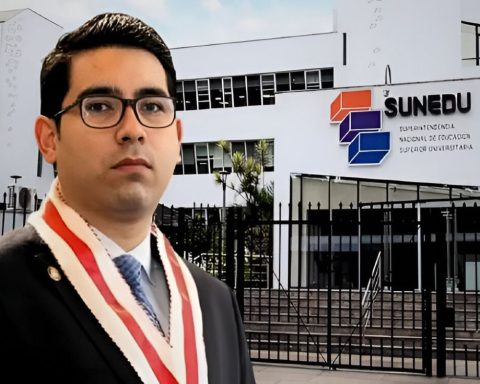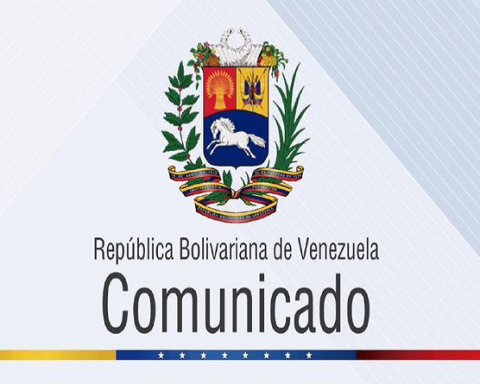He UN Committee on Enforced Disappearances He indicated this Thursday that he has received information that Forensic Medicine has “sheltered“In a hangar at an airport in Bogotá there are around 20,000 bodies that have not been able to be identified because there are no means or ways to know their identity to bury them.
“According to information provided to the delegation, around 20,000 unidentified bodies are also found in a hangar at the Bogotá airport.“he explained Carmen Rosa Vila, Committee expertat a press conference in Bogotá.
(You can read: Satena increased frequencies to Medellín, Condoto, Mompox and Tolú).
Vila specified that this is information provided to them by the Institute of Legal Medicine and Forensic Sciences and that “They are not bodies found, they are bodies that are protected“, why not “There is another place to keep them“.
The Committee made this revelation after showing itself “particularly concerned“because of the situation”of the institutions in charge of identifying the bodies and remains located“of missing persons in Colombia, well”The material and human resources available do not allow us to respond to the demand“.
Carmen Rosa Villa, expert of the UN Committee on Forced Disappearances
“There is no space to continue preserving the remains or bodies found“warned the Committee’s expert, echoing the lack of means of all kinds that Legal Medicine has and “the lack of trained professionals to carry out the necessary forensic technical work“.
“As a consequence, Colombia finds thousands of unidentified bodies in the soil, subsoil, but also in vaults and the so-called ‘swimming pools’.“said the UN Committee expert.
(You may be interested in: How much does the maritime economy contribute to the GDP in Colombia?).
Colombia has, according to Search Unit for Persons Reported Missing (UBPD)with more than 111,000 people missing before 2016, but the data varies and there is a gap after that date.
In fact, the committee, which visited the country for the first time, also expressed concern about “that there is no reliable global vision of the dimension of forced disappearance; The figures communicated to the delegation range between 98,000 and 200,000 missing people in Colombia“.

UN Committee on Enforced Disappearances
The members of the committee finish this Thursday a visit to Colombia, the third they have made after visiting Mexico and Iraq and will present a report to Geneva next year.
What did Forensic Medicine say?
He Colombian Institute of Legal Medicine and Forensic Sciences He said this Thursday that he is unaware of what was reported this Thursday by the UN Committee on Forced Disappearances.
In a statement, Legal Medicine assured that the entity “does not know the existence of said hangar“and added that”has not received requests from any authority for the study and analysis of said cases“.
The UN Committee made this revelation after showing “particularly concerned“because of the situation”of the institutions in charge of identifying the bodies and remains located“of missing persons in Colombia, well”The material and human resources available do not allow us to respond to the demand“.
“There is no space to continue preserving the remains or bodies found“warned the Committee’s expert, echoing the lack of means of all kinds that Legal Medicine has and “the lack of trained professionals to carry out the necessary forensic technical work“.
(Read also: The allegations in the UNGRD case against former Minister Bonilla).
A complaint that Legal Medicine has also made on other occasions. Last year, EFE learned that the institution has in Bank of Genetic Profiles of Disappeared Persons in Bogotá 8,000 bodies “unidentified“which due to lack of information cannot be delivered and remain in warehouses.
At that time, Legal Medicine officials explained that one of the main problems they have is that the Bank lacks sufficient data to compare and identify a person reported missing, mostly victims of the conflict.
EFE

















